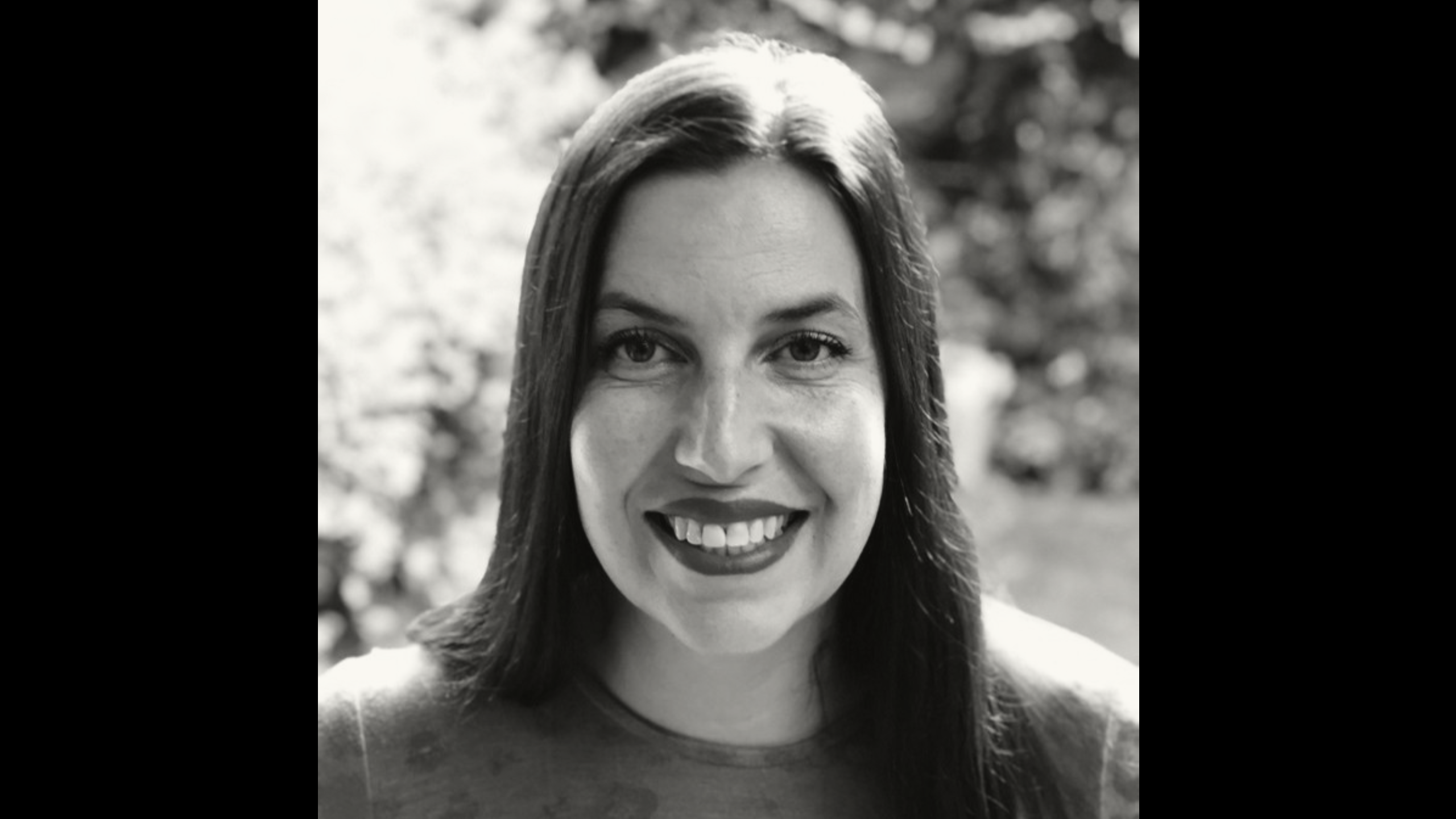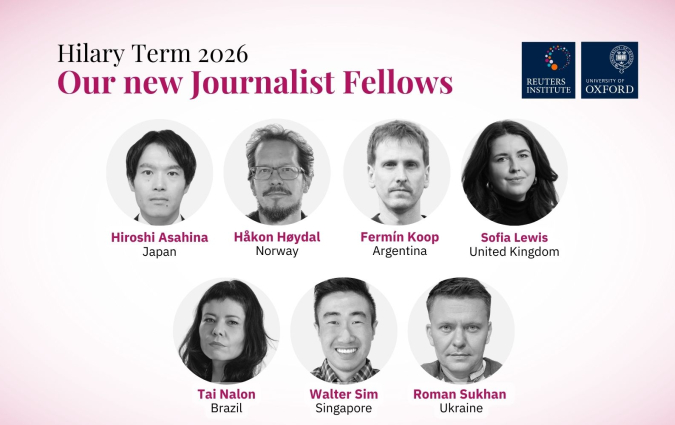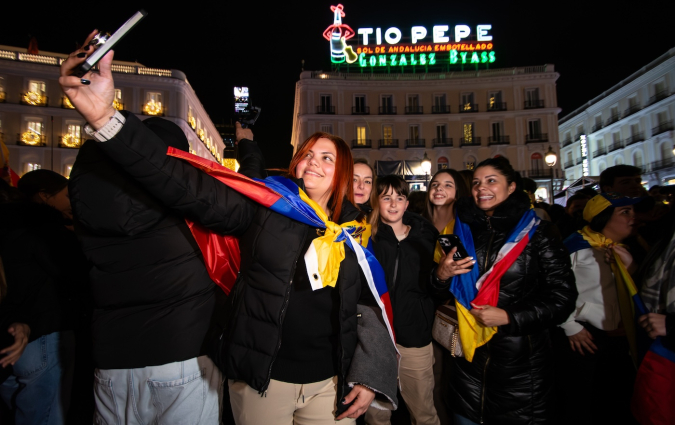Women are missing from most COVID-19 news stories. Here's how to change this

The speaker
Luba Kassova is a co-founder and director of the international audience strategy consultancy AKAS. She has conducted consumer insight research for a number of high-profile media organisations, charities and other bodies including the BBC, Cancer Research, BT Vision and the European Commission. She is the author of a report commissioned by Bill & Melinda Gates Foundation into how women’s voices feature in COVID-19 stories.
Why women’s voices matter
The coronavirus pandemic has affected every person in the world in different ways. A United Nations report (PDF) from April 2020 stated that the impact on women is exacerbated across every sphere including:
- Their finances: women tend to earn less and be in precarious employment.
-
Their health: men die at a greater rates from COVID-19 but the diversion of resources away from sexual health and reproductive services adversely affects women.
-
Their caring responsibilities: women face the additional burden of care through school closures and heightened care needs of older people.
-
Through gender-based violence: social and economic pressures, combined with restrictions on movement and confinement to households have led to an increase in domestic violence where women are victims.
The unique and often more extreme impact of the pandemic on women makes the call for women’s voices to be heard in COVID-19 stories all the more important. As part of our global journalism seminar series, Luba spoke on how women are under-represented in COVID-19 news coverage.
Watch the video of Luba’s talk
Four takeaways from the talk
Luba spoke about her research for the International Women's Media Foundation. She stressed how women are excluded from COVID-19 news and suggested how this could be addressed.
Women as experts. In a sample of 2,100 quotes about COVID-19 in 80 publications, men were quoted three to five times more than women, with this rate varying by country. Furthermore, in the 175 most highly ranked COVID-19 articles across the six countries, just 19% of featured experts were women compared to 77% who were men (4% were unidentified).
Women as protagonists. The individuals around which COVID-19 stories centre are overwhelmingly men by a factor of three (UK, Indian and Kenya) to five (US). This is in large part due to politics (a male-dominated arena) being the primary driver of COVID-19 stories. Luba says the news media should amplify women who are already in leadership roles. They should also be “challenging those in power for their gender inbalance in their boards, rather than taking it at face value.”
Little focus on gender inequality. 99% of the COVID-19 articles omitted any mention of the gendered dimension of the pandemic.
Framing is important. The news media mostly frames COVID-19 stories in ways that favour male voices. Portraying COVID-19 in war-like terms where everybody is in it together “masks social and economic inequalities between different groups,” Luba says. Angles that would better represent women’s needs include human interest stories, where subjective experiences of women are in fact more frequently called upon, as well as stories on structural inequalities, and a focus on co-operation and solidarity amidst the pandemic.
The bottom line
Women are adversely affected in unique and often more severe ways by the pandemic than men, and this inequality translates to a lack of representation in news stories about COVID-19. Luba Kassova advises the media not only to actively elevate women’s voices but also to re-frame the pandemic in ways that are more representative.
If you want to know more...
-
'The missing perspectives of women in COVID-19 news' | International Women’s Media Foundation report by Luba Kassova, commissioned by the Bill & Melinda Gates Foundation
-
'Women are systematically excluded from global coronavirus coverage, experts say' | The Washington Post
-
'COVID-19 has increased gender inequalities in the media, IFJ survey finds' | International Federation of Journalists







